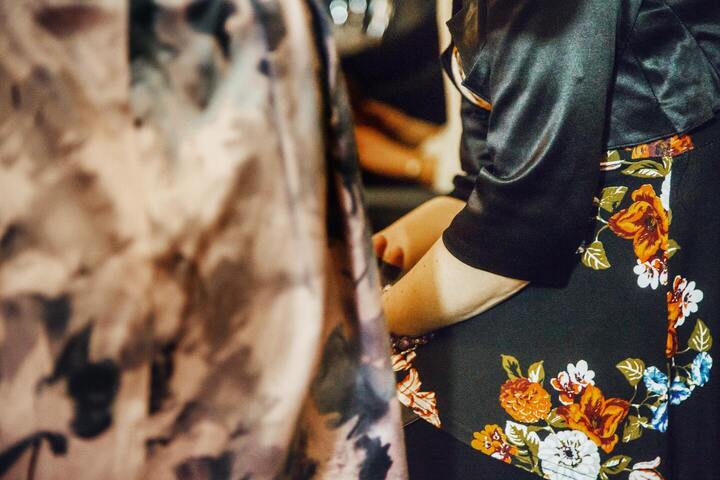The Origin of Kimono
Kimono is a traditional Japanese dress. Literally, kimono consists of 2 words, the word “Kiru” means to wear and “Mono” means objects. Kimono is a descendant of the kosode. Which is a former underwear that appeared before the Edo period (1603–1868) as the main garment that is most sensitive to changes in style and fashion.
The kimono is made of silk with a length of fourteen inches. It has an overall T-shape, with the parts of its components mostly held together in straight vertical stitches. Kimono is an expression of surface design through a pattern that is colored and/or embroidered rather than sewing and weaving products.
The term of “Kimono”
During Japan’s first modernization era. In the Meiji period (1868–1912), in response to the increasing awareness of Japanese people’s of western clothing, customs, and ideas. Kimono is wearable by men and women in any context. Whether it’s sacred or secular, weddings, funerals, on stage, festivals, or just relaxing at home.
Nowadays, it is quite common for you to wear a kimono robe which has all the elegance of a traditional kimono style. In ancient times, a person would wear a kimono that is ankle-length or longer, folded at the hips, sleeves up to the wrists or reaching down. These days, there is a kimono robe with short sleeves that hangs just above the knee, and a twist on the traditional T-shaped kimono.
There are a kimono robe that fits like a cardigan, worn as a layering accessory for certain outfits. So it is suitable for relaxing, especially in warm weather. It has even become a common choice for wedding gown because it looks elegant, comfortable, light, cool, and very breathable. It gives the impression of luxury and freshness for you.

